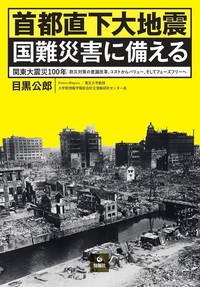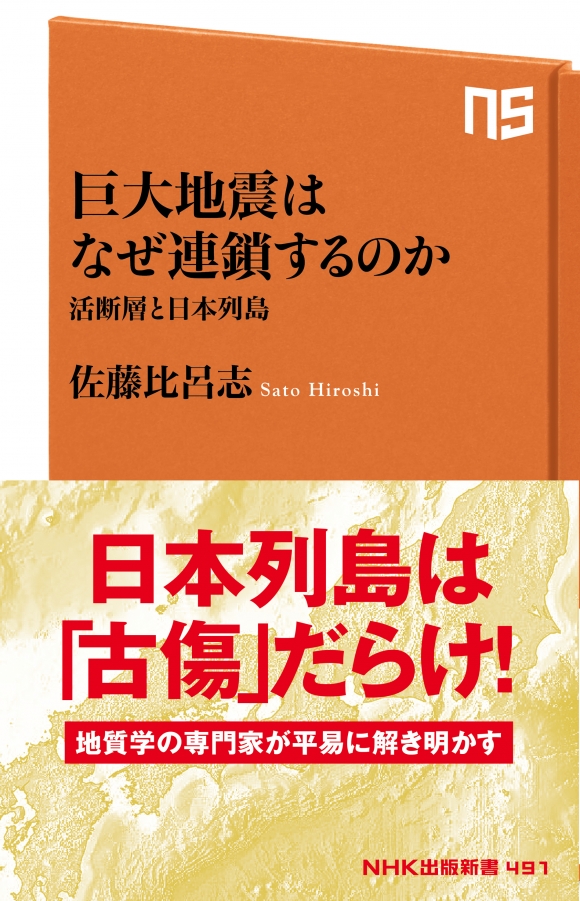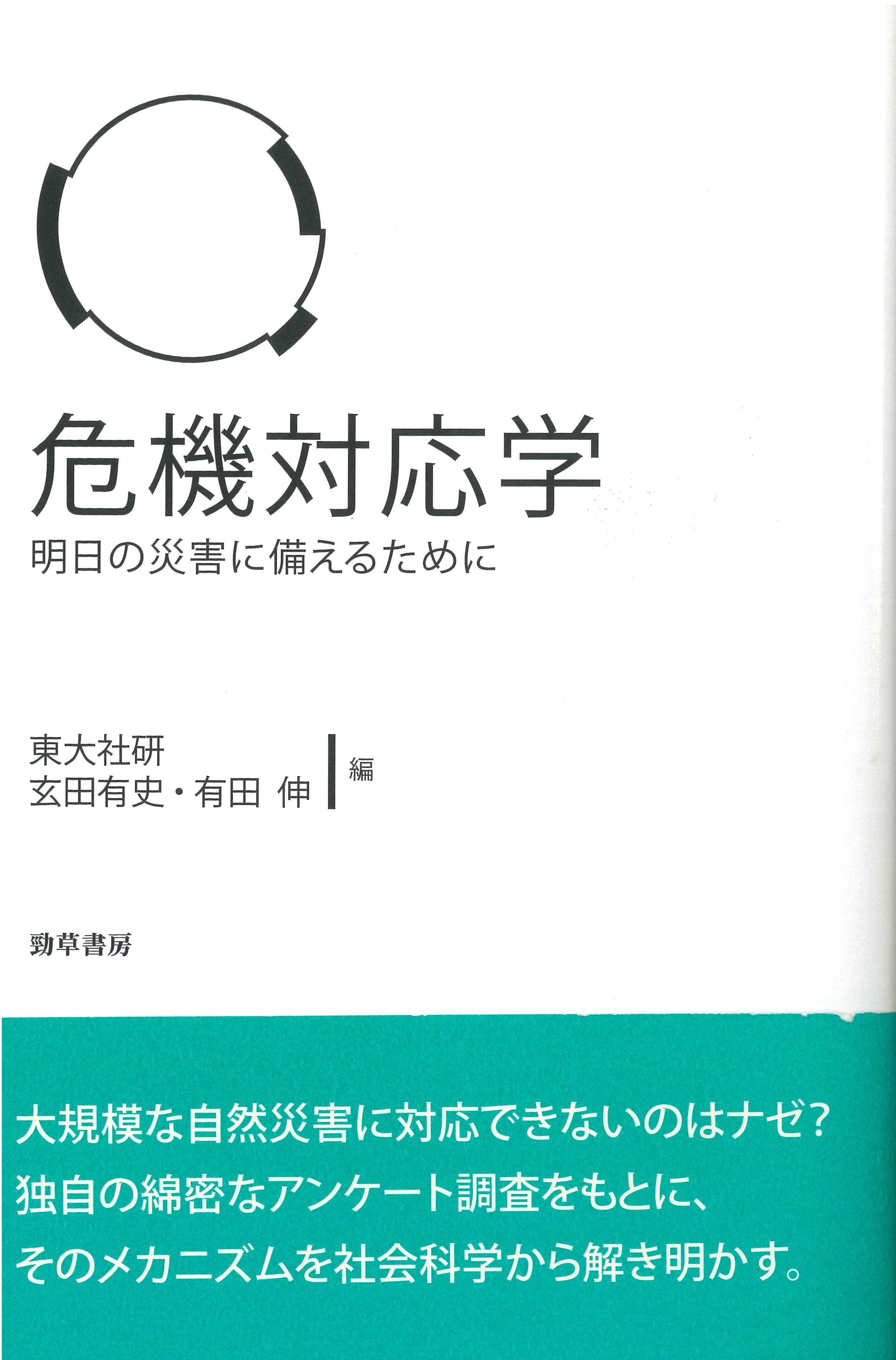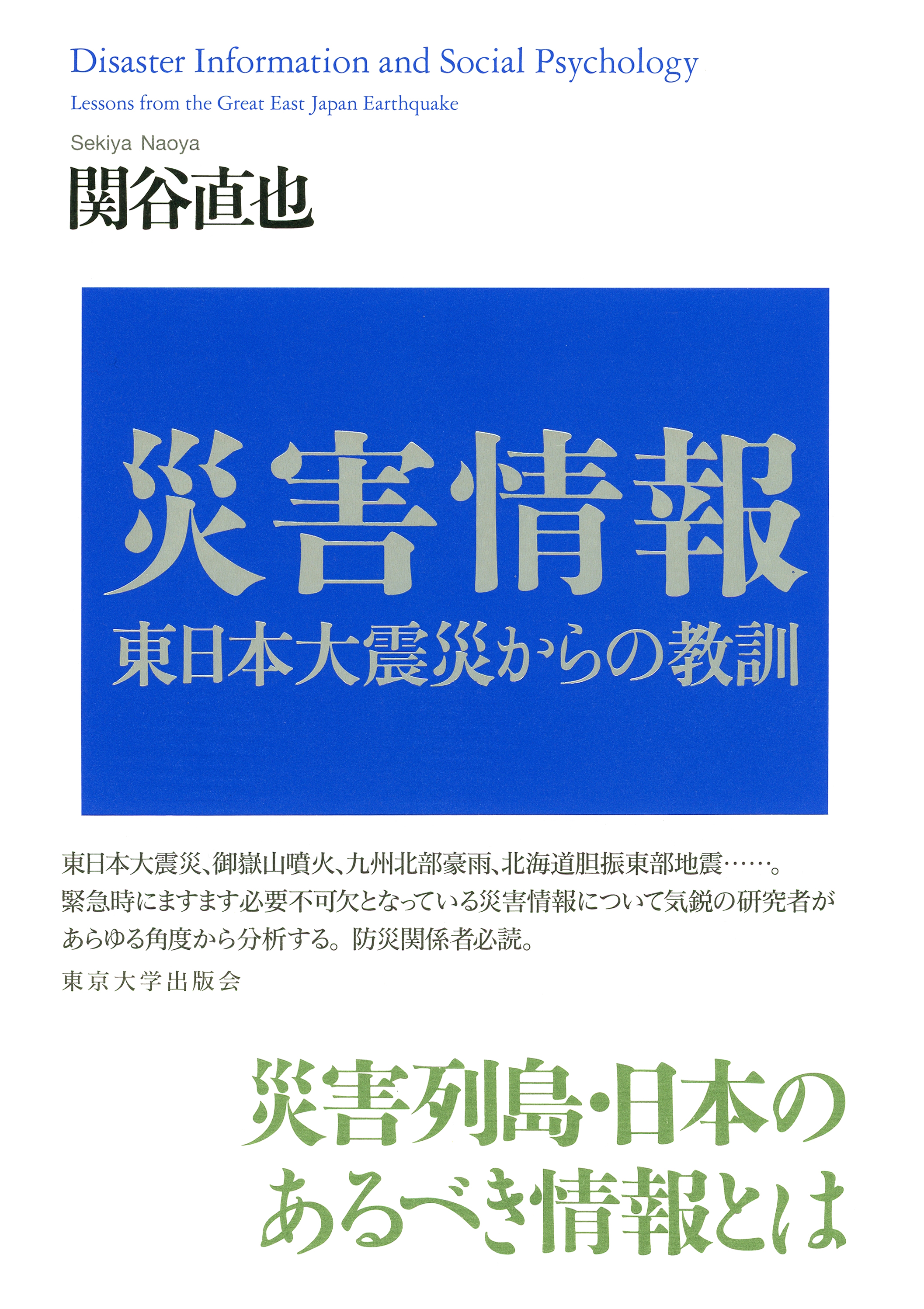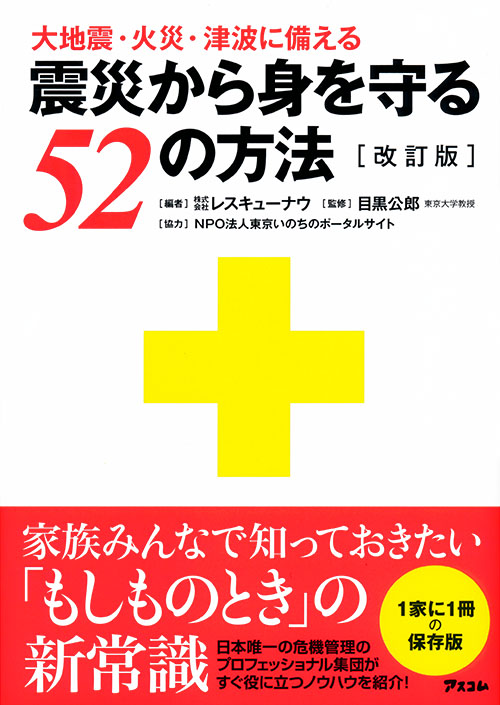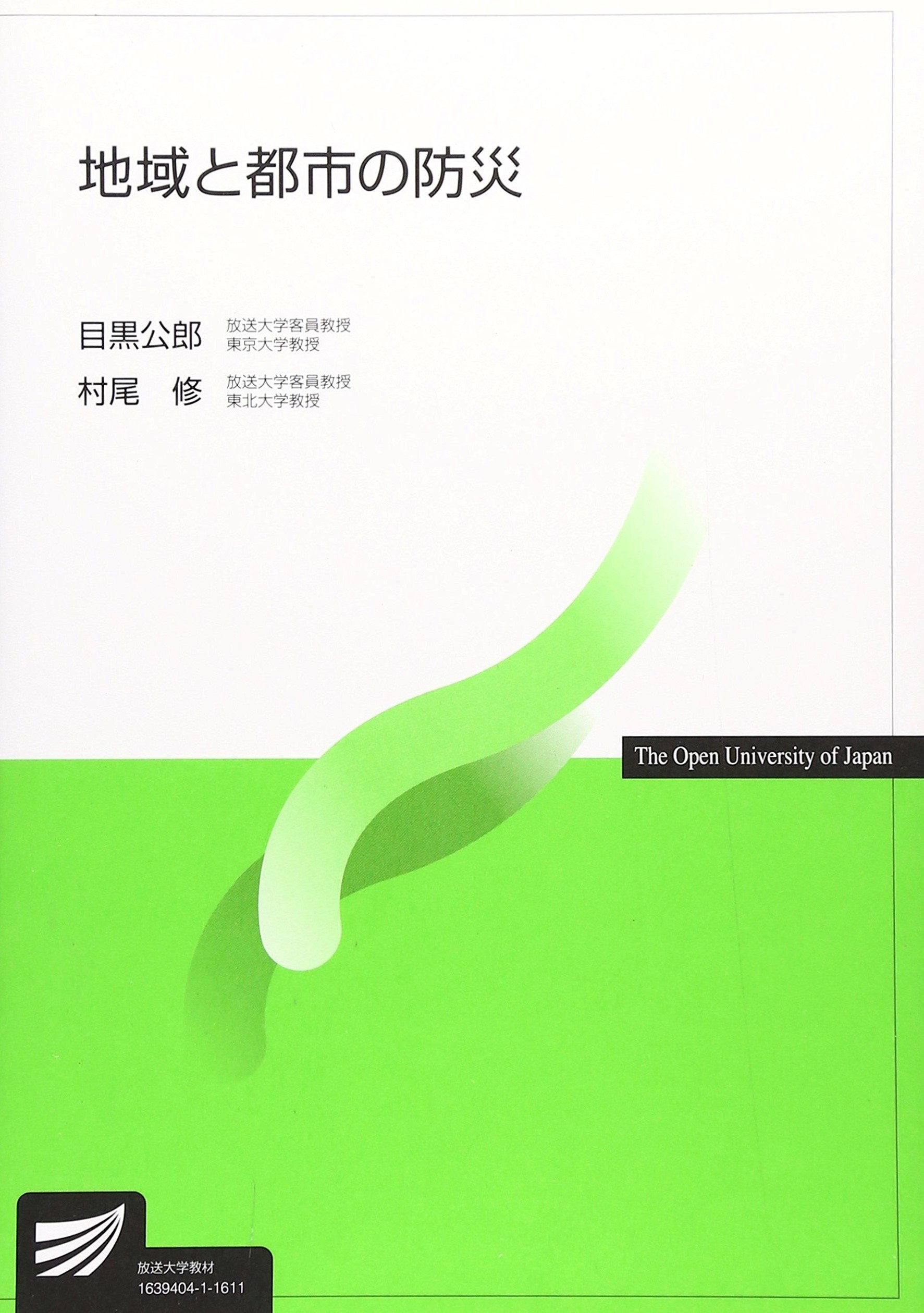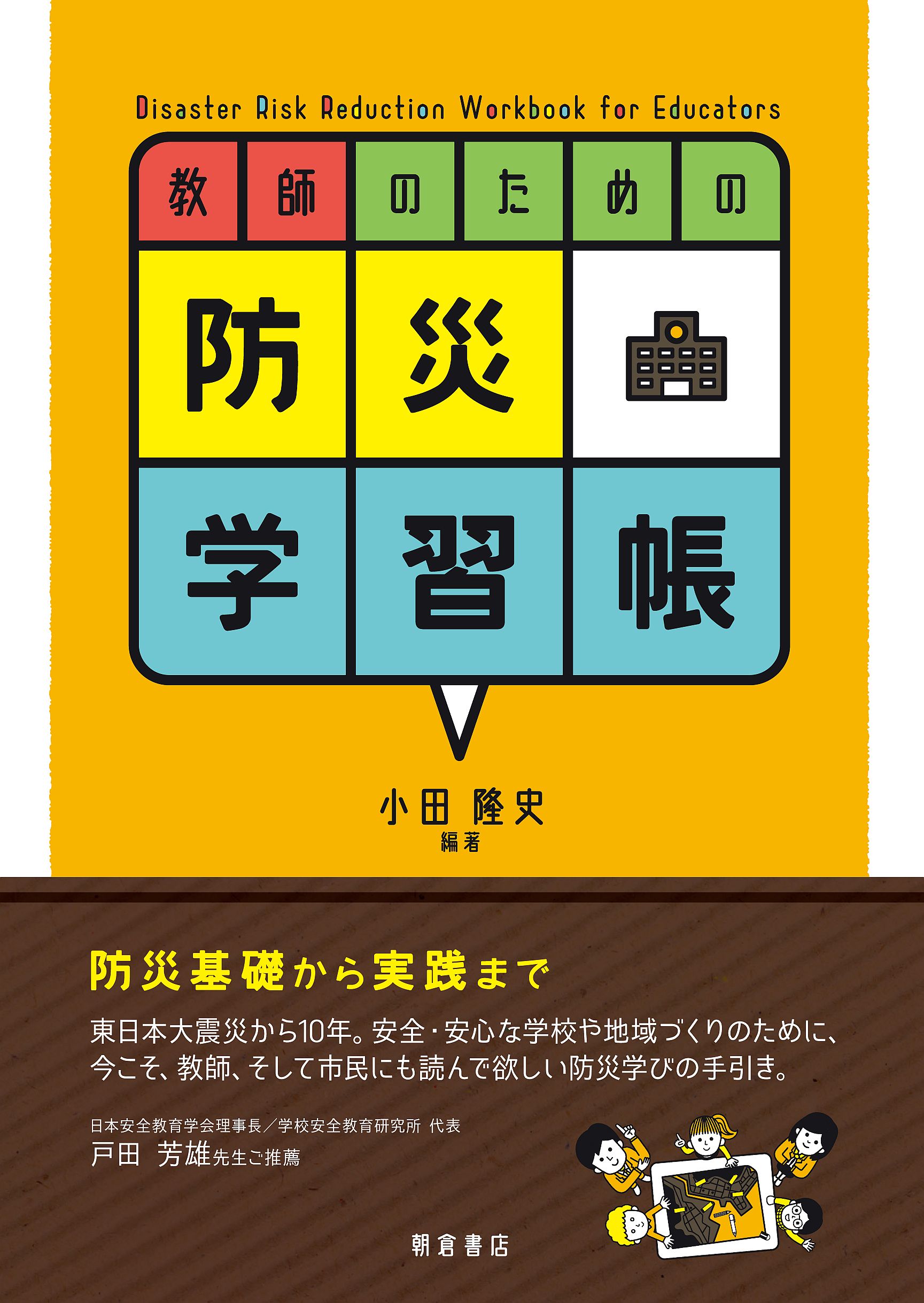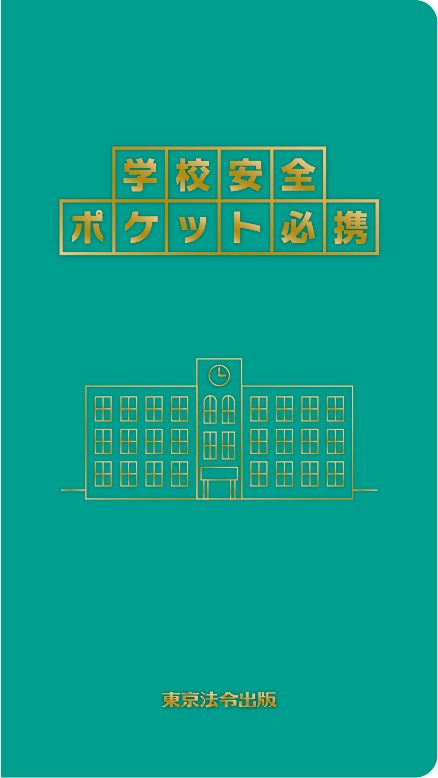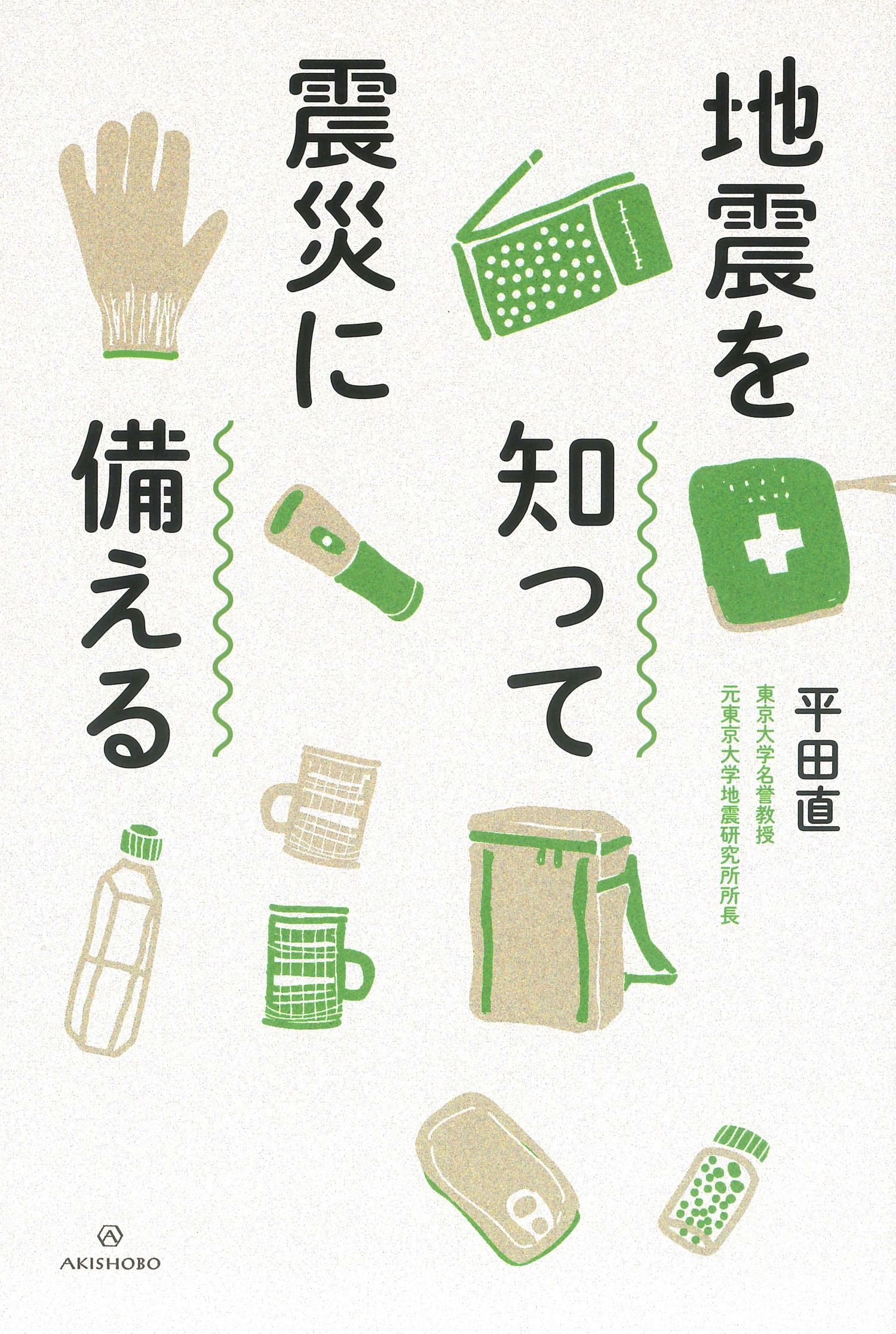
Title
Jishin wo shitte shinsai ni sonaeru (Understanding Earthquakes and Preparing for Disaster)
Size
112 pages, 127x188mm, softcover
Language
Japanese
Released
August 30, 2024
ISBN
978-4-7505-1846-6
Published by
Akishobo
Book Info
See Book Availability at Library
Japanese Page
An earthquake is a natural phenomenon in which the earth’s crust suddenly releases energy and creates seismic waves. This release almost certainly occurs along faults, which are fractures in rocks where the two sides have moved past each other. The resulting seismic waves propagate outward, causing the ground to shake when they reach the surface. Although earthquakes are physical events, the resulting disaster is a complex social and economic phenomenon. The severity of the disaster depends not only on the physical forces involved but also on pre-existing societal vulnerabilities. Therefore, understanding the science underlying earthquakes and the reasons for their occurrence is crucial for effective disaster preparedness and mitigation.
This book is divided into two parts, both structured as interviews, making it accessible to readers without prior knowledge. It clearly explains the physical characteristics of past earthquakes and the social context in which they occur, making it an easy read for students of both the science and humanities.
Part 1 focuses on earthquakes as physical phenomena, highlighting recent events, such as the 2024 Noto Peninsula earthquake and the anticipated Nankai Trough earthquake. It explains the frequent occurrence of earthquakes in Japan by detailing the formation of the Japanese archipelago and its current geological environment. The discussion then clarifies the distinction between an earthquake as a natural event and an earthquake disaster, exploring why damage becomes so extensive and whether it is likely to increase. Furthermore, it examines the meaning of earthquake probability forecasts and discusses the necessary preparations for mitigating earthquake damage.
Part 2 addresses earthquakes in the Tokyo Metropolitan Area. Recalling the devastating 1923 Great Kanto Earthquake, this study emphasizes the potential for future major earthquakes and related disasters in the region. Although Tokyo’s urban environment, particularly its buildings, has changed significantly since then, the potential for widespread damage from earthquakes and fires remains immense. Prioritizing the protection of human life in the event of an earthquake disaster underscores the critical importance of earthquake-resistant buildings. Preventing building collapse, which is a major cause of fires after earthquakes, is essential for fire prevention. Furthermore, in the event of an earthquake at a school or workplace, if you are in a sturdy building, remain in the office and do not move unnecessarily. In the event of a disaster, public transportation, such as trains, will be suspended. Therefore, the roads will be heavily congested with people and cars. However, for 72 hours following a disaster, prioritizing life-saving and emergency rescue activities is necessary; thus, roads should be used only by emergency vehicles. In addition, if the earthquake resistance of your home has been confirmed, stay at home, understanding that there is no need to go to a shelter. However, even if the building is earthquake-resistant, if electricity, water, and gas are cut off, living at home will become difficult. If the water and sewage systems in the city become unusable, flush toilets will also become unusable. To continue to live at home in the event of a disaster, stockpiling water, emergency food, and regular medications is essential.
(Written by HIRATA Naoshi, Professor Emeritus, Earthquake Research Institute / 2025)



 Find a book
Find a book



